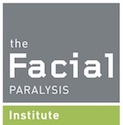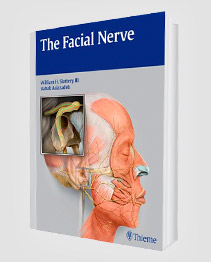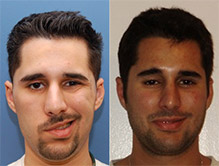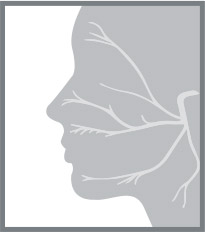Bell’s palsy strikes without warning, causing sudden facial weakness that can transform your appearance and daily life in a matter of hours. This condition affects thousands of people each year, yet many don’t recognize the early signs or understand what’s happening when one side of their face begins to droop.
The condition involves damage to the seventh cranial nerve, which controls facial muscles responsible for expressions, blinking, and even taste sensation. While the exact cause remains unknown, researchers believe it’s often triggered by viral infections that cause nerve inflammation and swelling.
Key Takeaways
- Bell’s palsy causes sudden, one-sided facial paralysis that typically develops within 24 to 48 hours
- The condition affects the entire side of the face, including the forehead, which distinguishes it from stroke-related facial paralysis
- Early symptoms include facial drooping, difficulty closing the eye, loss of taste, and pain around the ear or jaw
- Most cases are temporary, with symptoms improving within weeks to months with proper treatment
- Immediate medical evaluation is crucial to rule out stroke and begin appropriate therapy
Early Warning Signs You Shouldn’t Ignore
The onset of Bell’s palsy is remarkably swift, often developing overnight or within a few hours. Many people first notice something’s wrong when they wake up and can’t smile symmetrically or close one eye properly. The initial symptoms can be subtle but progress rapidly, making early recognition critical.
Pain behind the ear or along the jaw often appears first, sometimes a day or two before visible facial changes occur. This discomfort can feel like an earache or tension headache, leading many to dismiss it initially. However, when combined with other symptoms, it becomes a significant warning sign.
The facial weakness typically reaches its peak within 72 hours of onset. During this rapid progression, you might notice increasing difficulty with basic facial functions like drinking, eating, or speaking clearly.
https://facialparalysisinstitute.com/blog/is-bells-palsy-a-recurring-condition
Primary Facial Symptoms
1. One-Sided Facial Drooping
The most recognizable sign of bell’s palsy is the characteristic facial droop affecting one entire side of the face. Unlike stroke-related facial paralysis, this weakness extends to the forehead muscles, causing the eyebrow to sag and creating asymmetrical facial expressions.
2. Eye-Related Problems
Difficulty closing the affected eye completely is both common and concerning. This symptom can lead to:
- Excessive tearing or unusually dry eyes
- Increased sensitivity to light
- Risk of corneal damage from inadequate blinking
- A feeling of grittiness or foreign objects in the eye
3. Mouth and Smile Changes
The affected side of the mouth droops downward, making smiling appear lopsided or incomplete. Eating and drinking become challenging as liquids may leak from the corner of the mouth, and food can get trapped between the cheek and teeth on the paralyzed side.
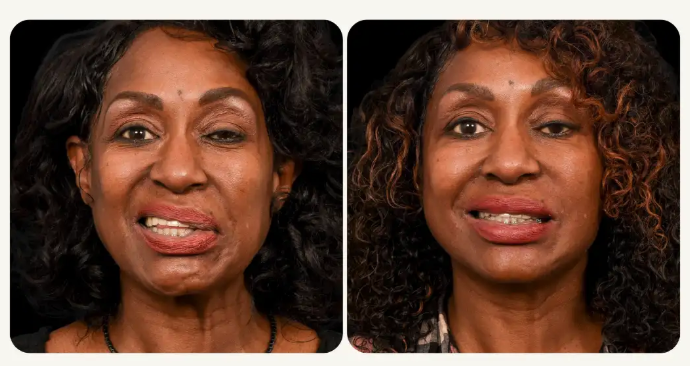
Beyond Facial Appearance: Hidden Symptoms
Bell’s palsy affects more than just facial appearance. Many people experience a metallic taste in their mouth or complete loss of taste on the front two-thirds of their tongue. This occurs because the facial nerve carries taste fibers, and when damaged, it disrupts normal taste sensation.
Sound sensitivity, known as hyperacusis, affects some patients. Normal sounds may seem unusually loud or harsh in the ear on the affected side. This happens because the facial nerve also controls a small muscle in the middle ear that helps modulate sound intensity.
Increased saliva production and drooling often occur, particularly noticeable during sleep or when concentrating. The inability to control facial muscles properly makes it difficult to contain saliva, leading to embarrassing social situations that can impact confidence and daily interactions.
https://facialparalysisinstitute.com/blog/overcoming-the-effects-of-facial-paralysis-2
Distinguishing Bell’s Palsy from Stroke
Understanding the difference between Bell’s palsy and stroke is crucial, as stroke requires immediate emergency treatment. The key distinction lies in the pattern of facial weakness and accompanying symptoms.
Bell’s Palsy Characteristics:
- Affects the entire side of the face, including forehead
- No weakness in arms or legs
- Speech remains clear (though may sound different due to facial changes)
- No vision problems or confusion
Stroke Warning Signs:
- Facial weakness typically spares the forehead
- Often accompanied by arm or leg weakness on the same side
- Speech may be slurred or incomprehensible
- May include sudden vision changes, confusion, or severe headache
If you experience sudden facial paralysis with any arm weakness, speech difficulties, or vision problems, call 911 immediately. When in doubt, it’s always better to seek emergency evaluation to rule out stroke.
Severity Assessment and Medical Evaluation
Healthcare providers use the House-Brackmann Facial Paralysis Scale to assess the severity of facial nerve dysfunction. This standardized system grades paralysis from mild weakness to complete paralysis, helping guide treatment decisions and monitor recovery progress.
A thorough bell’s palsy diagnosis typically involves physical examination, medical history review, and sometimes additional testing to rule out other conditions. Blood tests, MRI scans, or electromyography may be necessary in certain cases.
Early medical intervention significantly improves outcomes. Corticosteroids are most effective when started within 72 hours of symptom onset, reducing inflammation and potentially minimizing long-term complications.
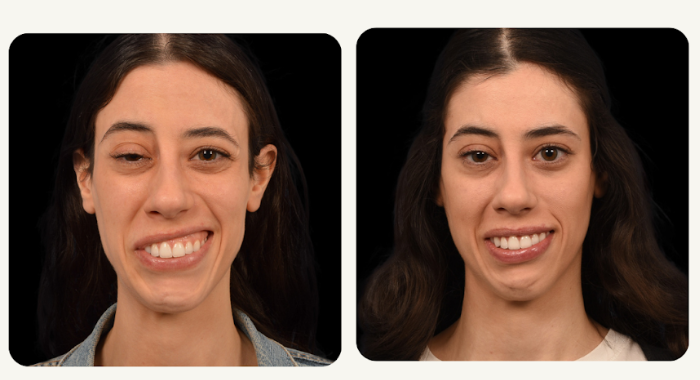
Recovery Patterns and Timeline
Most people with Bell’s palsy begin to see improvement within two to three weeks, with complete recovery occurring in 70-80% of cases within six months. However, recovery patterns vary significantly between individuals.
Factors that may influence recovery include:
- Age at onset (younger patients typically recover better)
- Severity of initial paralysis
- Presence of other health conditions like diabetes
- How quickly treatment begins
Some patients experience incomplete recovery, leading to permanent facial weakness or unwanted muscle movements called synkinesis. In these cases, specialized treatments like exercises for bell’s palsy or advanced surgical interventions may be recommended.
Treatment Options and Management
Effective bell’s palsy management involves multiple approaches tailored to individual needs and symptom severity. Early intervention remains the cornerstone of successful treatment.
Corticosteroids like prednisone are the primary medical treatment, reducing nerve inflammation and improving recovery rates when started promptly. Some physicians may also prescribe antiviral medications, though their effectiveness remains debated in medical literature.
Comprehensive bell’s palsy treatment often includes physical therapy, eye protection measures, and psychological support to address the emotional impact of facial changes.
For patients seeking specialized care and advanced treatment options, expert evaluation can provide access to innovative therapies and comprehensive recovery programs. Contact our facial paralysis specialists to explore personalized treatment plans designed to optimize your recovery and restore facial function.
Living with Bell’s Palsy
While most cases of Bell’s palsy resolve completely, the journey to recovery requires patience and proper care. Protecting the affected eye, maintaining facial muscle tone through gentle exercises, and staying connected with healthcare providers throughout the recovery process are essential steps toward the best possible outcome.
Understanding these signs and symptoms empowers you to act quickly when Bell’s palsy strikes. Early recognition and prompt medical attention remain your best tools for minimizing the impact of this condition and maximizing your chances of complete recovery.
Request your consultation with Dr. Azizzadeh today
Call us at (310) 657-2203 to schedule an appointment.
Schedule a Consultation